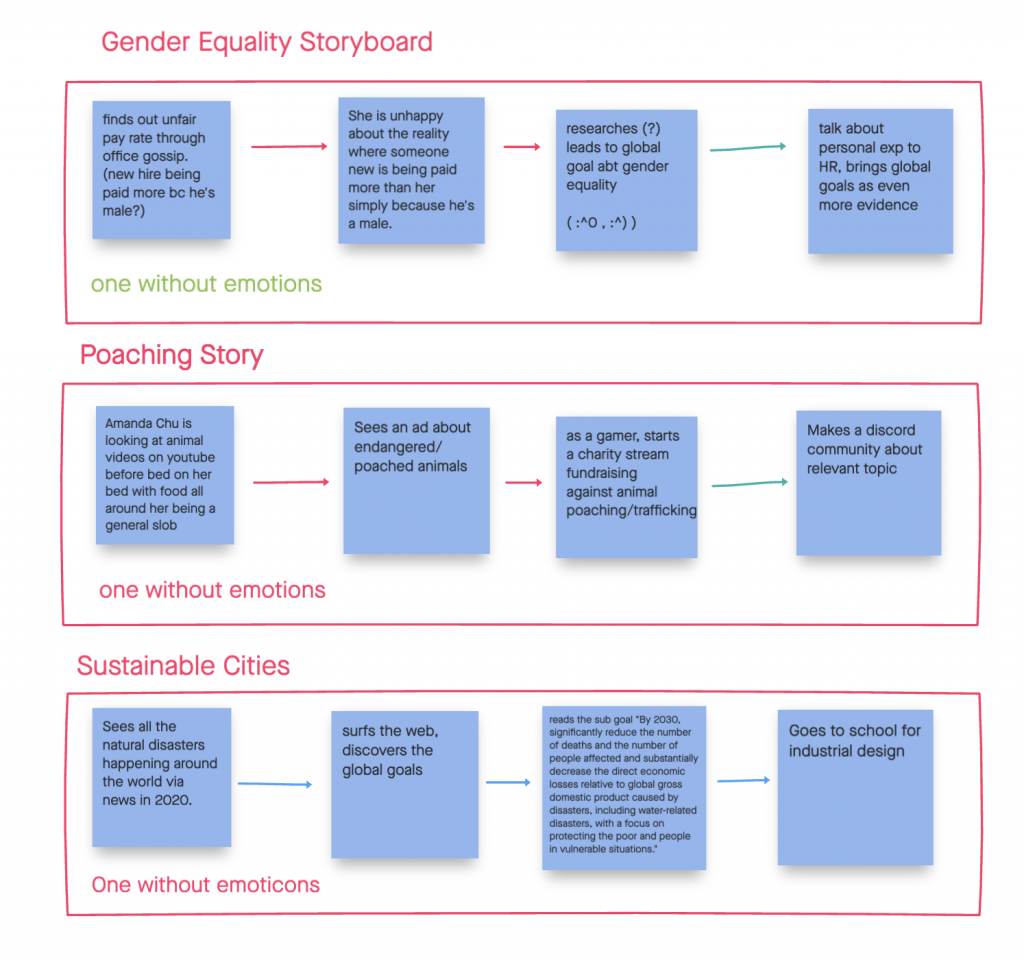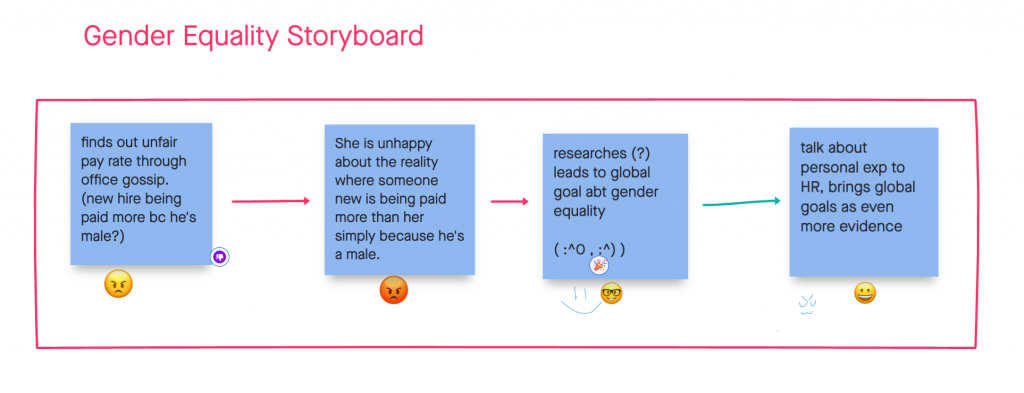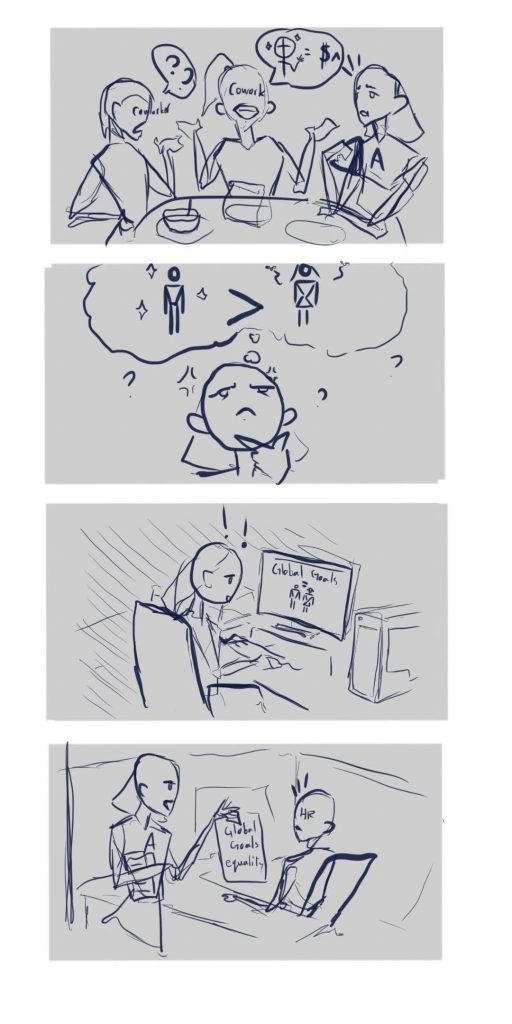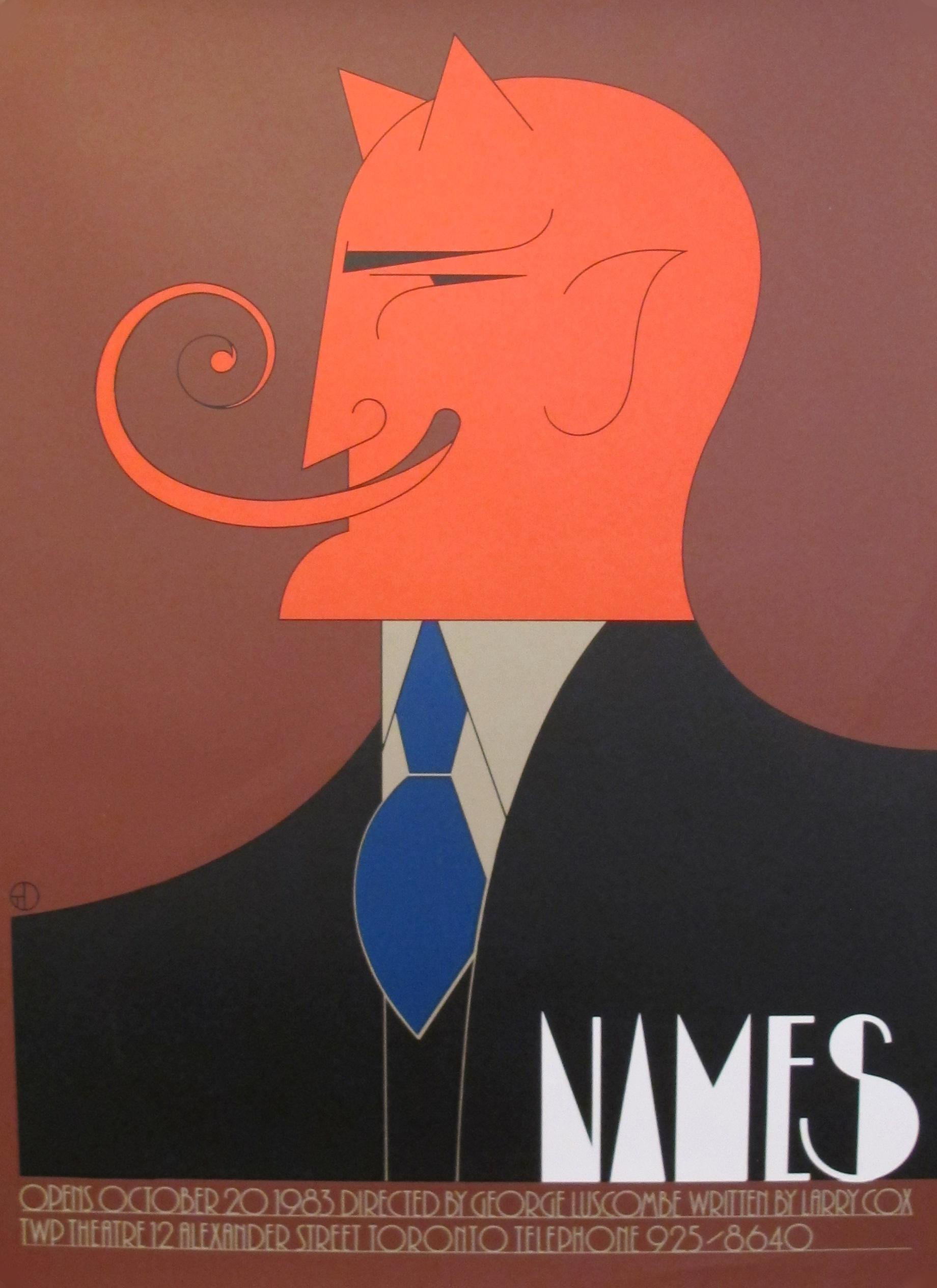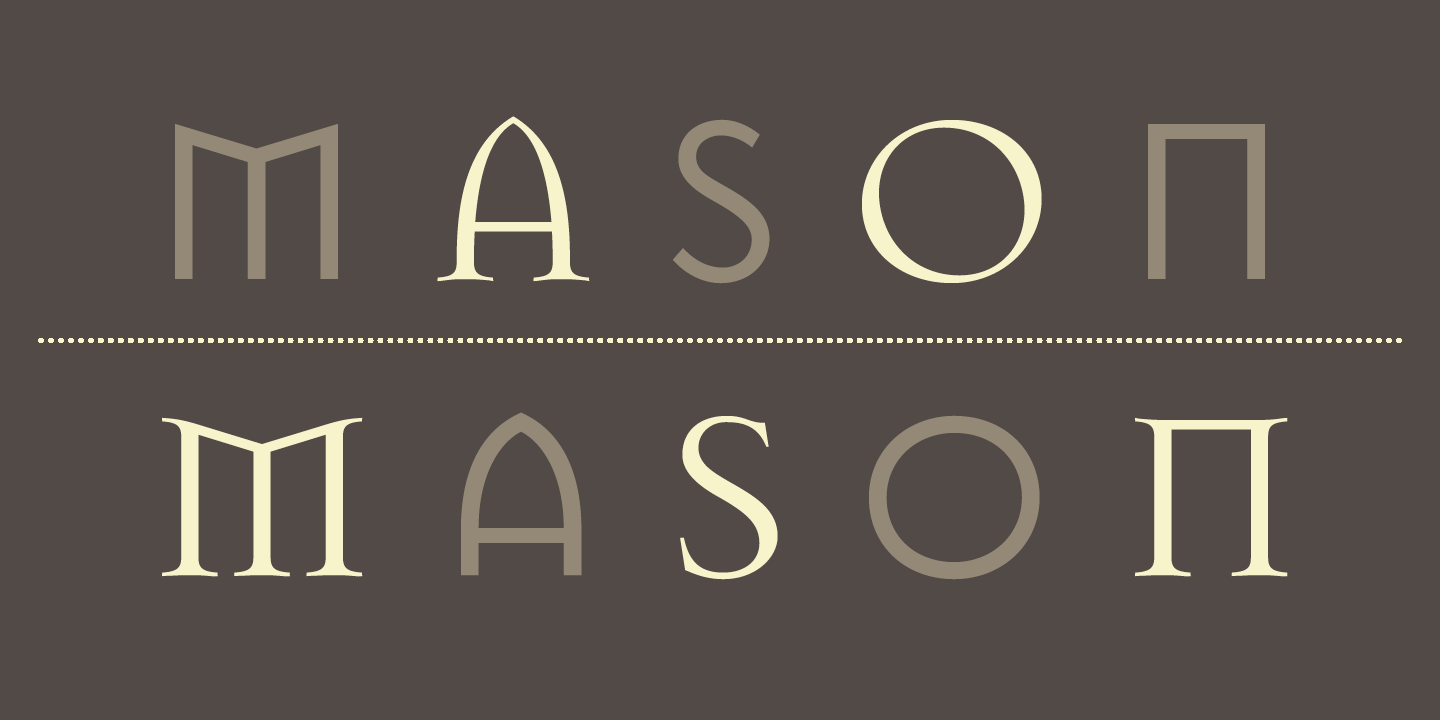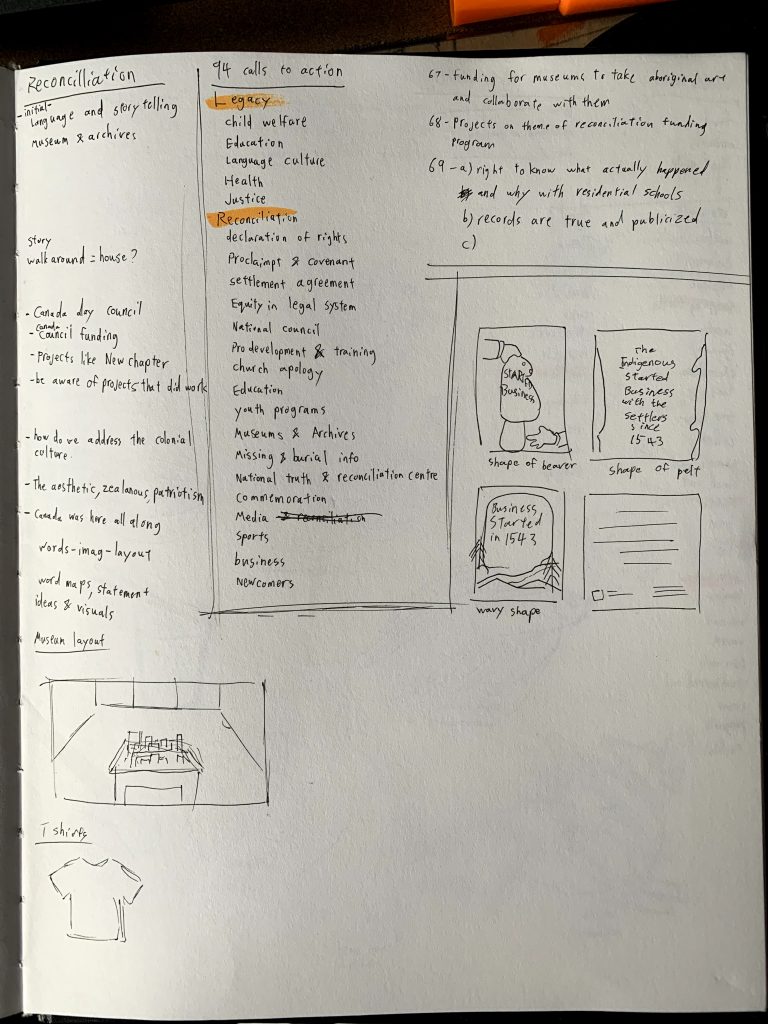
Sketchbook inital and page 1 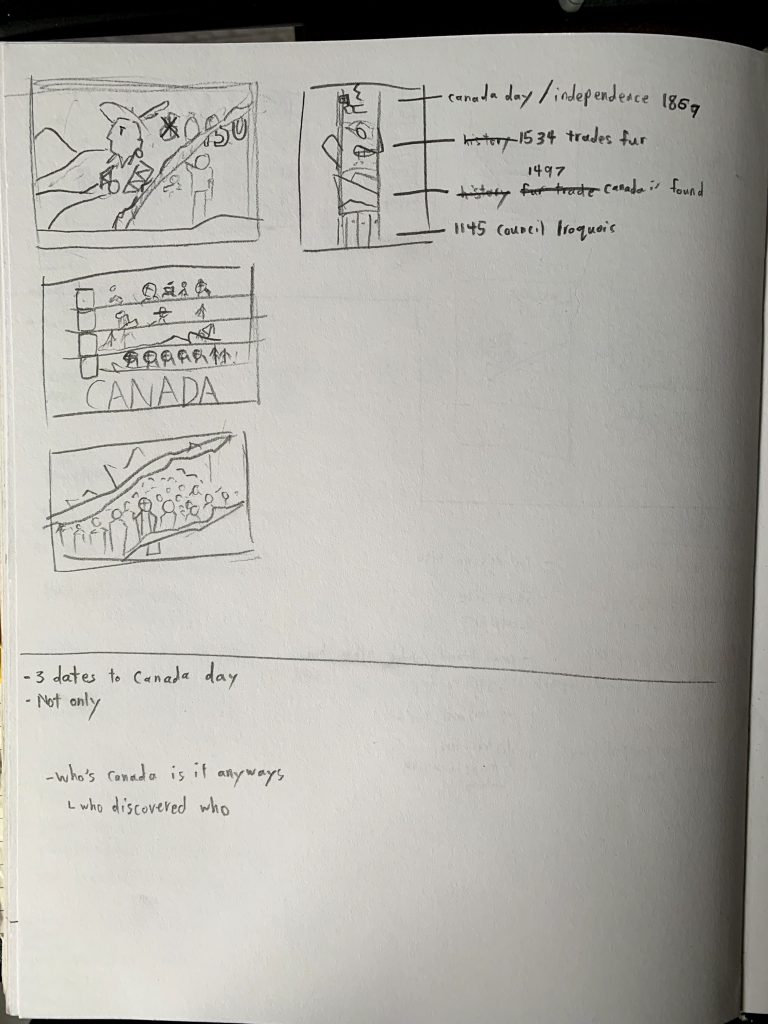
Sketchbook page 2
Throughout the process of creating the reconciliation project, I found that working in a group of creative people was challenging but worth the experience. When we first began, all three of us had a vague idea of what we wanted to do, however we all agreed quite quickly out of three options, to choose call to action 68. Finding the research for our call was quite interesting due to how specific our topic was, going through all the articles was a chore because most of the time there were reused batches of information. However one of the things that helped us break through into very interesting and deeper ideas was when Bracken mentioned to us that there were anti-Canada Day protests and communities, this really got us thinking about the concept of Canada Day as an element that we didn’t even think of including in our brainstorms. Brainstorming ideas around this call to action was deceptively challenging causing us to think all over the box. Our ideas ranged from food and whole gallery walkabouts to traditionally seen mediums like print and social media. In the end ideating took us a lot longer than we all expected and experimenting with the list of possible ideas and of their feasibility. One constant that kept coming up over and over again was the use of vague ideas and exploring how vague and then how specific we could get, as well as getting mixed up and turned around by the project brief. In the end the mood board had probably helped us the most in solidifying our ideas. Designing the ad posters was very experimental, all three of us did designs with our own design language and in the end we would ask friends and vote on which ones we would go with. This proved interesting as we couldn’t utilize our time completely efficiently but on the other hand we would have consistency. The mock ups were easy enough to do and figure out, however we did have slight trouble trying to get the files to each other efficiently as well as within a certain Gb limit.
Evaluating myself, I think that I did fairly well speaking for my group during presentations, attempting to convey our ideas as well as I could. As well as contributing ideas, giving critical feedback that I could catch, and taking notes that we could refer to later. I think that if I were to put a mark on it, I would deserve an 86.
